Seizures and Epilepsy
Seizure is a sudden, abnormal electrical activity in the brain that can cause changes in behavior, movements, feelings, or levels of consciousness. Seizures can range from brief lapses in attention or muscle twitches to severe and prolonged convulsions. They can occur as a one-time event (non-epileptic seizures) or as part of a chronic condition like epilepsy.
At the cellular level, seizures represent the imbalance between the excitatory and inhibitory neurotransmission. Prolonged and recurrent seizures such as epilepsy can lead to neuronal death, scarring of brain tissues and brain damage.

Types of Seizures
Partial or Focal Seizure

They are called partial seizures because they start at a focus or small area of the brain and spread from there. They may cause abnormal movements, changes in sensations and behaviour mostly on one side of the body.
Generalised Seizure
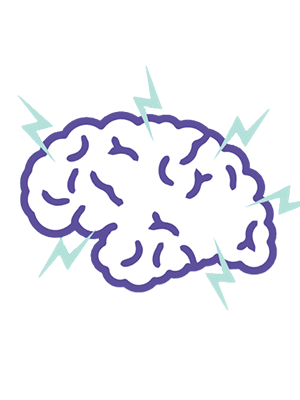
They begin on both sides of the brain at the same time. They cause loss of consciousness and abnormal movements on both sides of the body. This is more common in children than adults.
Symptoms of Seizures
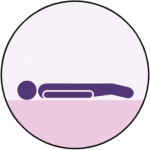
Loss of consciousness or awareness
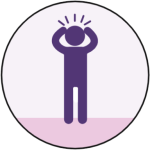
Loss Strange sensations and emotions
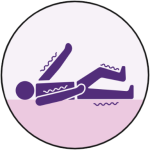
Uncontrollable jerking movements
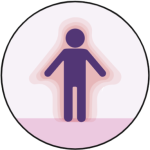
Aura

Staring

Confusion
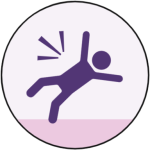
Sudden falls
Causes of Seizures
- Brain tumours
- Metabolic abnormalities such as diabetes.
- Fever (febrile seizures)
- Head injury or brain trauma
- Stroke or transient ischemic attack (TIA)
- Withdrawal from drugs or alcohol
- Congenital brain abnormalities
- Electrolyte problems such as low sodium, magnesium or calcium.
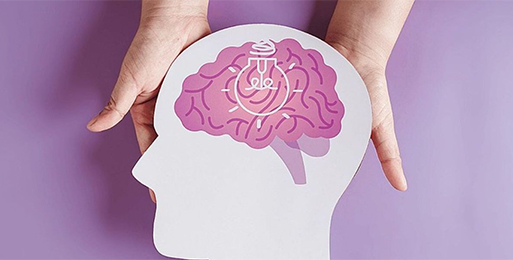
Stages of Seizures:
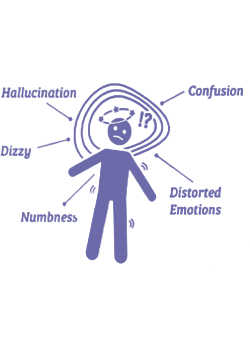
Aura Stage
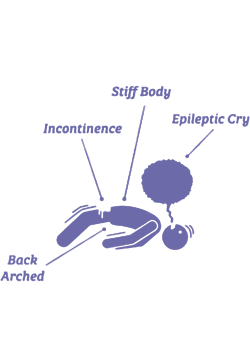
Tonic Stage
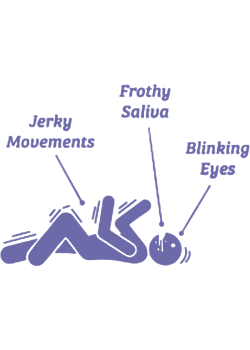
Clonic Stage
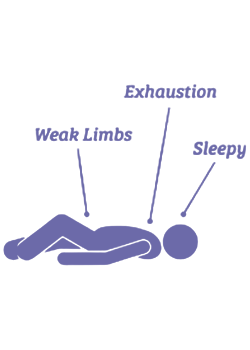
Postictal Stage
How Seizures affect a child?
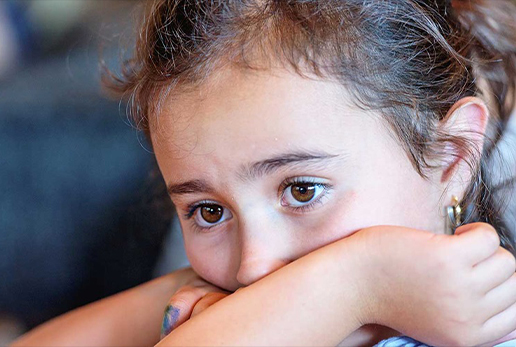
- Seizures can profoundly impact a child’s physical and cognitive development, often resulting in developmental delays and behavioral challenges.
- Although anti-epileptic drugs (AEDs) are effective in reducing the frequency and severity of seizures, they do not offer a definitive cure.
- Additionally, many AEDs are associated with adverse oral side effects, including xerostomia (dry mouth) and gingival overgrowth, which may increase the risk of enamel erosion, tooth decay, and other oral health complications.
- Children with epilepsy may also experience psychosocial difficulties, such as anxiety, low self-esteem, and social isolation, further affecting their quality of life.
Ayurvedic Approach:
- Our Ayurvedic treatment protocol is designed to support the elimination of seizure activity from the system, promoting long-term neurological stability.
- We emphasize a minimal yet effective approach to ensure sustained, balanced management of the condition, with a focus on improving the patient’s overall quality of life.
- Our carefully formulated herbal blends aim to enhance cognitive function, intellectual activity and support the revitalization of neural activity.
- Each treatment regimen is individually customized, taking into account the age, body weight, and the clinical severity of seizures to ensure safe, targeted, and effective care.
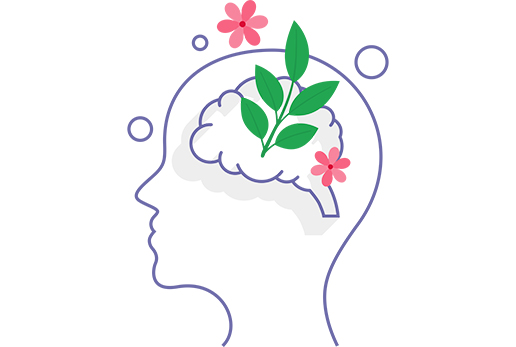
Autism and Seizures :
Autism spectrum disorder (ASD) and epilepsy are both complex neurological conditions that frequently co-occur. Research indicates a strong link between the two, approximately 30% of children with autism develop epilepsy and vice versa. This close relationship means that when one of these conditions is present, healthcare providers and caregivers must be vigilant for signs of the other.
Epilepsy is a disorder characterized by recurring seizures, sudden bursts of electrical activity in the brain that can cause a wide range of physical and behavioral symptoms. Autism, on the other hand, is a neurodevelopmental condition that affects communication, social interaction, and behavior. While they are distinct conditions, there is considerable overlap in how they manifest, particularly in children.
Some common symptoms are:
- Staring episodes can resemble autistic behaviors like zoning out or disengagement.
- Motor tics or sudden movements may be mistaken for stereotyped behaviors such as hand-flapping or rocking.
- Brief lapses in awareness or responsiveness can look like social withdrawal.
This symptom overlap can complicate diagnosis and lead to underrecognition of epilepsy in autistic individuals.
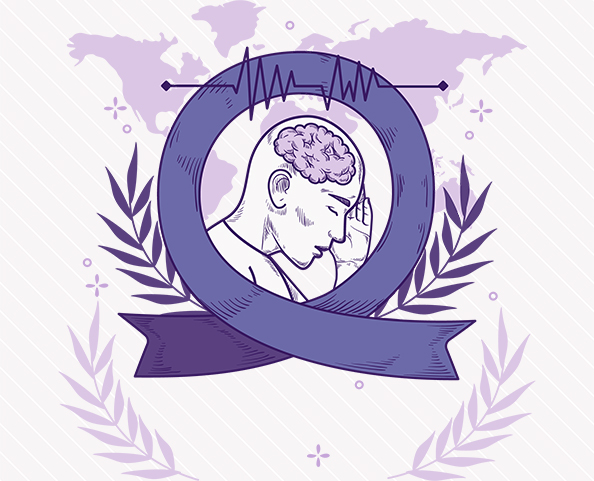
Prevalence and Risk Factors
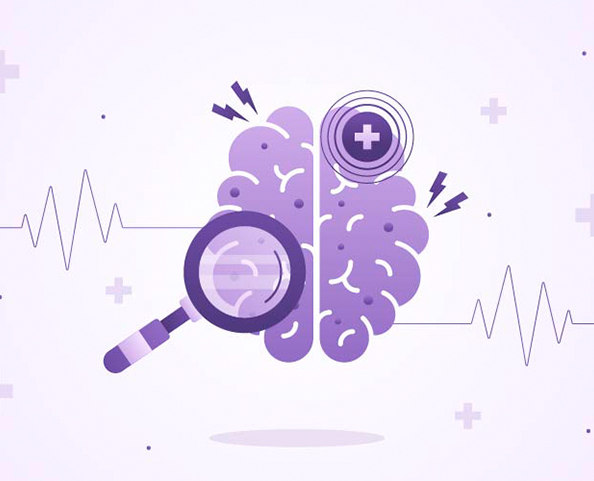
While epilepsy occurs in roughly 1–2% of the general pediatric population, studies have found that 5% to 38% of children with ASD are affected by it. Indicating that children with autism are at significantly increased risk of developing epilepsy.
Certain subgroups within the autism spectrum have an even higher risk of seizures and epilepsy, including:
- Individuals with intellectual disabilities (ID): Those with ASD, cerebral palsy and ID are more likely to experience seizures.
- Individuals with known genetic conditions such as Tuberous Sclerosis Complex, Rett Syndrome, or Fragile X Syndrome.
- Individuals with brain malformations or structural abnormalities, sometimes visible on MRI scans.
- Sex: Females with ASD, particularly those with more profound developmental delays, may also have a slightly elevated risk.
Timing and Onset of Seizures:
Seizures in individuals with autism can begin at any age, but there are two common peaks of onset:
- Early childhood (1–5 years)
- Adolescence and early adulthood (around puberty)
This bimodal distribution is important to keep in mind, especially during transitional periods when seizure monitoring may need to be increased.
Impact on Functioning :
Having epilepsy can significantly affect the overall development, behavior, and quality of life of a person with autism. A notable study published in 2013 found that autistic children with epilepsy tend to have more severe ASD symptoms than those without seizures.
These children were also found to be more likely to exhibit:
- Increased hyperactivity
- Lower adaptive functioning
- More pronounced social and communication difficulties
This means that individuals with both ASD and epilepsy may require more intensive and tailored support including home, school, and clinical environments.
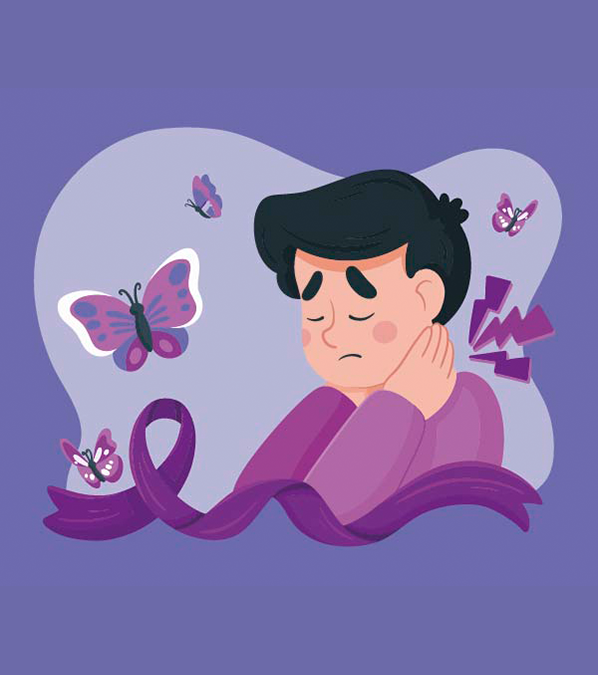
Book an Appointment Today
Contact Us
Phone number:
+91 6379926961
Location:
Racecourse, Coimbatore, 641018
Email:
support@namashivayah.com








